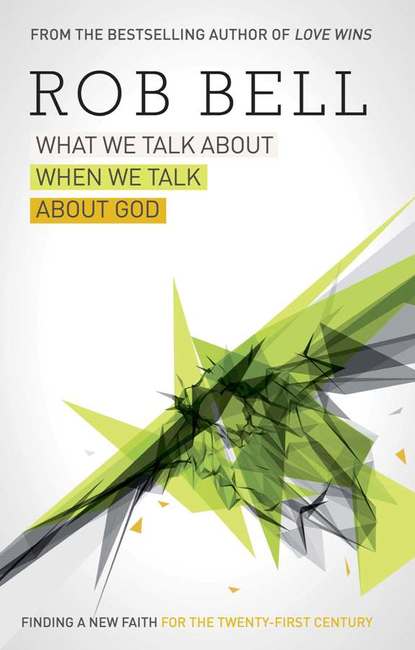it glows red.
Why?
No one knows.
Which particle will pass through the glass in the shop window,
and which will reflect back? Where will that electron disappear, and when will it reappear—and where?
We can predict,
and we can identify patterns,
but at the most basic level,
we don’t know.
The world surprises us.
And it surprises scientists too,
on a regular basis.
Energy,
involvement,
and
surprise.
I talk about all of this because when people object to the idea of God, to the idea that there is more beyond our tangible, provable-with-hard-evidence observations and experiences of the world, they aren’t taking the entire world into account. A brief reading of modern science quite quickly takes us into all sorts of interesting and compelling places where the most intelligent, up-to-date, and informed scientists are constantly surprised by just how much more there is to the universe.
III. You Dirty Star, You
Which leads us to you,
right there in the middle of it all.
Actually, we are in the middle of it all, with a human being (roughly a meter tall on average, kids included) halfway between the largest size we can comprehend, the width of the known universe, and the smallest size discovered thus far in the universe.
And you,
you are fascinating.
You lose fifty to a hundred and fifty strands of hair a day, you shed ten billion flakes of skin a day,
every twenty-eight days you get completely new skin, and every nine years your entire body is renewed.
(This dead skin we shed makes up 90 percent of household dust. So feel free to vacuum more.)
And yet your body, in the midst of this relentless shedding and dying and changing and renewing,
continues to remember to be you,
strand by strand,
flake by flake,
atom by atom.
Your body is made up of around seventy-five trillion cells, every one of those cells containing hundreds of thousands of molecules with six feet of DNA in every cell containing over three billion letters of coding. These cells are a potent blend of matter and memory—bones and hair and blood and teeth and at the same time personality and essence and predispositions and habits.
You are an exotic combination of matter and memory, with a fine line in between.
Millions of cells, drifting through the universe, assembled and configured and finely tuned at this second to be you, but inevitably moving on in the next seconds to be other things and other people.
The atoms that make you you in this very second may have earlier been part of a stork,
or Mars,
or a mushroom,
or a squid,
or a coconut,
or Ohio,
or Buddha,
or Cher.
Imagine that your uncle died and in his will he left you his beloved old wooden boat. You love your uncle and out of respect for him you decide that you’re going to fix up his old boat, making it good as new. And so you start with the hull, replacing the old boards with new ones. But as you work rebuilding the hull, you realize that the deck needs replacing as well. And so the next year, you remove all of the boards on the deck and replace them with new ones, plank by plank, until the boat has an entirely new deck. But spending all that time working on the deck convinces you that the hardware isn’t reliable; you’re not sure which pieces would work if you were to actually launch the boat, and which would snap with the slightest strain. And so you set out to replace all of the hardware. . . . If you keep this up, at some point you will have replaced the entire boat, and yet when you take your friends out for a ride, you will tell them that this is the boat your uncle left you in his will.
The enduring reality of the boat, then, is in the pattern, not the planks.
The planks come and go, but the pattern remains. You are a pattern, moving through time, constantly changing and yet precisely consistent. Some have said we’re like “light at the end of a spinning stick.”
The basic elements of life are actually quite common—hydrogen, carbon, nitrogen, oxygen, and a few others. The dirt below us, the sky above us, the sun, moon, and stars, we’re all made of the same stuff.
You share over 60 percent of your genes with fruit flies, you share over 90 percent of your genes with mice, and you share 96 percent of your DNA with the large apes.
So when you read about aging singers or actors or politicians who used to be stars—well yes, of course they were . . . we all used to be stars.
One of my sons recently had a loose tooth that was driving him crazy. He’d sit at the table while we ate dinner, hand in his mouth, moving the tooth back and forth, trying to loosen it enough for it to come out. Day after day, talking about it and fussing with it and telling us just how badly he wanted it to come out. And then it came out—while we were at the beach. He started jumping up and down in the sand, celebrating, doing one of those dances that only an eleven-year-old boy can do, hoisting his now-removed tooth above his head, victorious.
He then turned to me and asked: If he threw it in the ocean, would he still get something from the tooth fairy? I said yes, feeling free to speak on behalf of the tooth fairy, who happened to be sitting next to me in a swimsuit.








 Рейтинг:
0
Рейтинг:
0